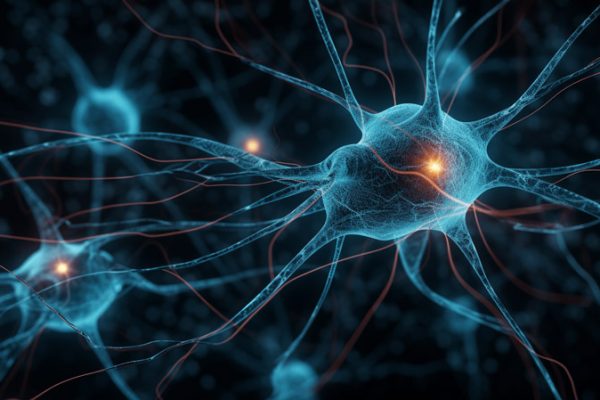
Modified Escherichia coli produced record glutathione
Glutathione (GSH) is a tripeptide composed of glutamic acid, cysteine and glycine that has a wide range of applications in the pharmaceutical, food and cosmetic industries. At present, traditional industrial production methods mainly rely on yeast fermentation process to synthesize, but this process has some limitations, GSH will accumulate in yeast cells, and the extraction…
















